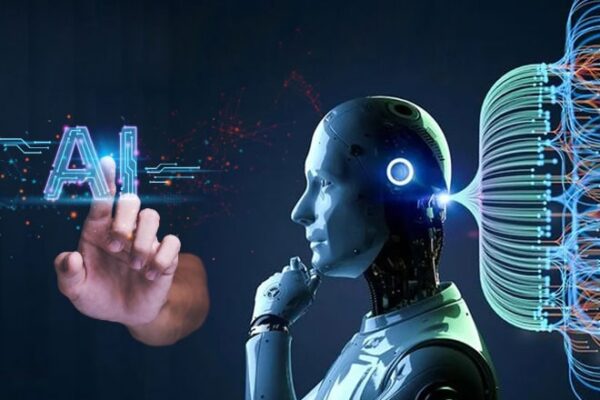Introduction
In the current rapidly changing educational environment, the integration of technology has transformed the way that students are taught and engage in academic material. The digital revolution hasn’t just made education materials more accessible, but it has also created new opportunities to create interactive and personalized learning experiences. As technology continues to improve, it creates both opportunities and challenges for students, teachers, and institutions, too.
Paper Perk, a top supplier of customized writing services for university and college students, acknowledges the massive influence of technology on the current educational environment. We’ll examine the ways technology affects students’ learning, and highlight its positive benefits and negative effects.
1. Access to a Wealth of Information
The internet is an extensive repository of information and allows students access to an array of sources, including scholarly publications and instructional videos. It is a free access that allows students to dig deeper into their passions and expand their knowledge beyond the bounds of textbooks.
2. Personalized Learning
Technology allows personalized learning with intelligent learning platforms that adapt to changing needs and algorithms. These tools evaluate the student’s progress and adjust the curriculum according to their personal requirements and speed, improving understanding and retention.
3. Interactive Learning
Multimedia tools that are interactive, including virtual labs, simulations, and educational games, involve participants in open-ended learning. The immersive experience makes complicated concepts easier to digest and more fun, while fostering a greater understanding.
4. Collaboration and Communication
Technology facilitates seamless collaboration between students, teachers, and institutions across geographic boundaries. Video conferencing, discussion forums, and cloud-based tools aid in the exchange of information and encourage knowledge sharing in group work.
5. Time and Resource Efficiency
Digital resources make administrative tasks easier and allow students to organize their schedules, homework, and other assignments efficiently. Online libraries, e-books, and research databases help save time and cut down on the expense of purchasing physical textbooks.
6. Challenges of Technology
While technology has unquestionable benefits, it also comes with issues, including distractions, an overload of information, and worries about security and privacy. Finding a balance between productive use and the possibility of risks is vital.
7. Preparing for Future Careers
Integrating technology into schooling provides students with digital literacy skills that are essential for future career opportunities. A familiarity with tools for technology and platforms improves your employability in a job market that is increasingly technologically driven.
Conclusion
Technology’s impact on education is evidently transformative, providing many opportunities to enrich educational experiences. When students are navigating this digital world, organizations like Paper Perk play a vital role in providing vital support to ensure that students have the guidance and support they require to succeed academically.
Education’s future is at the interplay between pedagogy and technology, which is where the most innovative methods of learning are able to flourish.
By integrating thoughtfully and making an ethical use of technology, students will be able to harness the power of technology to realize their potential to make the most of their educational experience and prepare themselves for a future where technological literacy is increasingly important.







